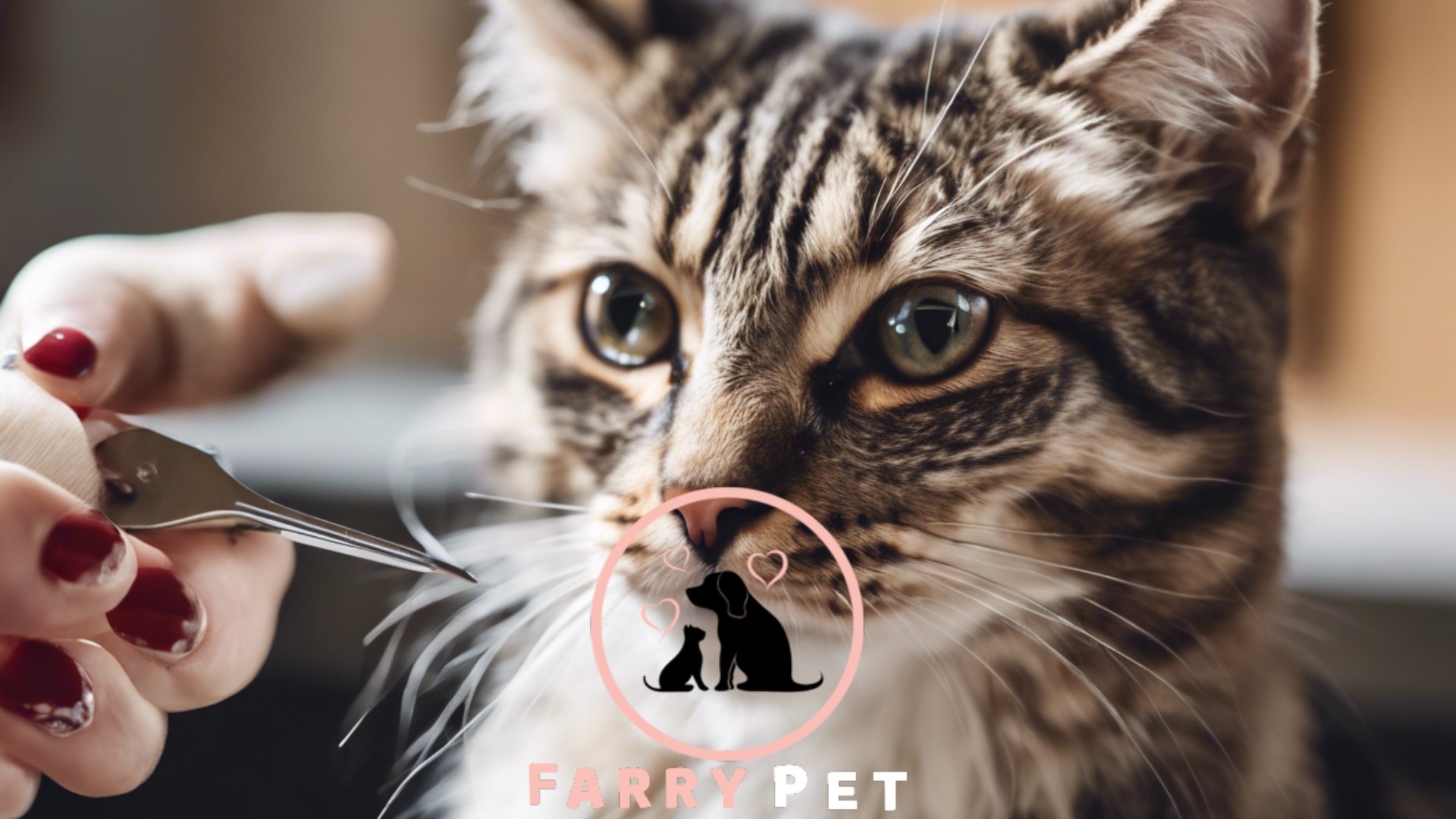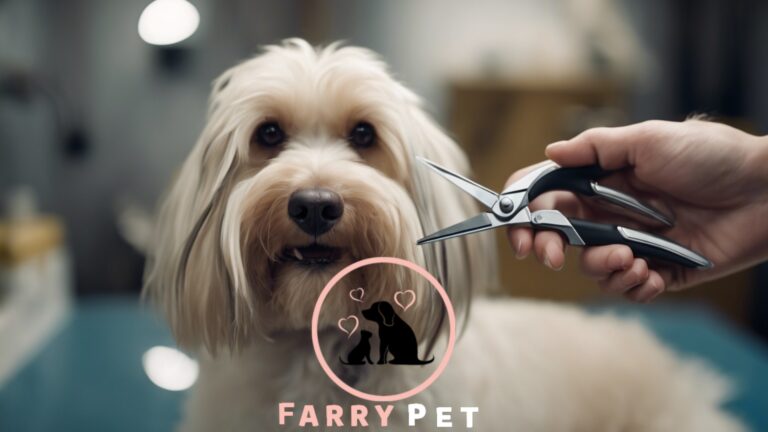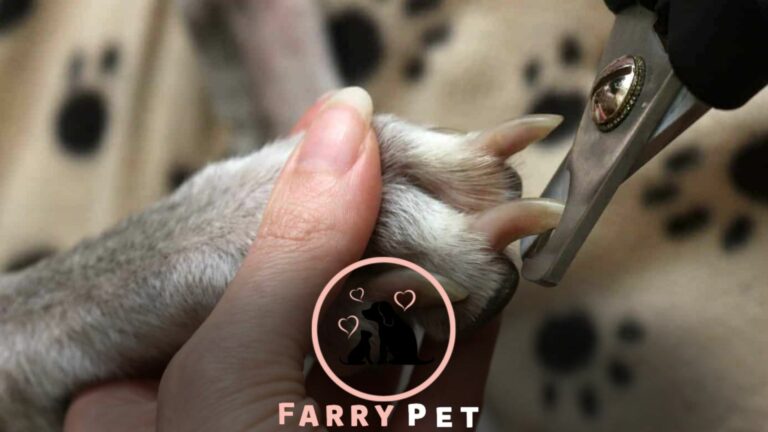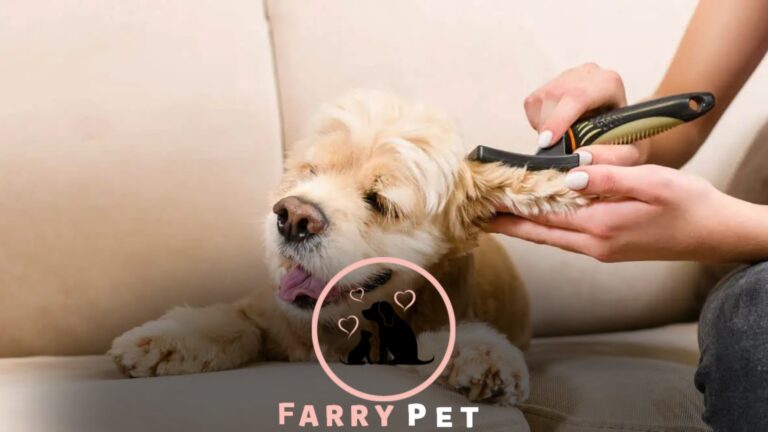
Cat restraint for nail clipping involves gently securing the cat using appropriate techniques and equipment to minimize stress and prevent injury. Pets, especially cats, require regular nail trimming to maintain their well-being.
However, many cats dislike trimming their nails, making it challenging for owners. Proper cat restraint techniques ensure a safe and stress-free nail clipping experience.
This guide will explore different methods to restrain your cat effectively while clipping their nails.
Following the appropriate steps and using the right tools can ensure a successful and comfortable nail-trimming session for you and your feline companion.
So, let’s dive in and discover the best cat restraint techniques for nail clipping.
Cat Restraint for Nail Clipping?
Why is Cat Restraint Important?
Cat restraint is crucial for nail clipping as it ensures the safety of both the cat and the person performing the task. The process can often be stressful and anxiety-inducing for our feline friends, but proper restraint techniques can help alleviate their discomfort.
By carefully restraining the cat, you can minimize the risk of injury to the cat and yourself during the nail-clipping process. Cats tend to be quite agile and may try to squirm or wiggle away, making it essential to have a secure hold on them.
This will help keep them calm and prevent sudden movements that could result in accidental cuts. Prioritizing cat restraint promotes a safer and more pleasant nail-clipping experience, reducing stress and anxiety for you and your cat.
In your quest to understand the best ways to groom your feline companion, you might wonder, “How to immobilize a cat for grooming?” This blog post explores essential techniques and tips to help you with this concern.
Different Types of Cat Restraint Techniques
Different types of cat restraint techniques include physical and behavioral techniques. Under physical restraint, the towel, scruffing, and burrito methods are commonly used. These techniques ensure that the cat is secure during nail clipping.
On the other hand, behavioral restraint techniques focus on positive reinforcement, distraction techniques, desensitization, and counterconditioning.
Positive reinforcement encourages the cat to cooperate by rewarding good behavior. Distraction techniques divert the cat’s attention from the nail-clipping process. Desensitization and counterconditioning involve gradually introducing the cat to the process to reduce fear or anxiety.
These various techniques provide options for cat owners to choose the most suitable method for safely restraining their cats and making the nail clipping experience less stressful for both the cat and the owner.
Steps to Safely Restrain a Cat for Nail Clipping
It is crucial to assess the cat’s behavior and temperament before attempting to restrain them for nail clipping. Preparing the necessary tools and creating a calm environment will help ensure a successful session.
Gaining the cat’s trust through gentle handling and petting is essential to establish a sense of comfort and security.
When restraining the cat, using the appropriate technique is key to avoiding potential harm or stress. Choosing the right time when the cat is relaxed and calm will increase the chances of a successful nail-clipping experience.
Remember to take breaks when necessary to avoid overwhelming the cat or causing them distress.
Following these steps will help make the process of cat restraint for nail clipping safer and more manageable.
Additional Tips for Successful Cat Nail Clipping
Regular grooming and nail trimming sessions are essential for successful cat nail clipping. It is important to properly trim the nails to avoid any discomfort or injury to your cat. Use proper tools and techniques to ensure a safe and effective trimming session.
Additionally, providing rewarding and positive reinforcement during and after the nail clipping is crucial to help your cat associate nail clipping with a positive experience. However, if you are unsure or uncomfortable trimming your cat’s nails, seeking professional help is always a good option.
Expert groomers or veterinarians can provide guidance and ensure the process is done correctly. Maintaining your cat’s nail health is important for their overall well-being and can prevent any potential scratching or damage to furniture and belongings.
Cat Restraint Tools and Equipment
Cat restraint tools and equipment are essential when clipping your cat’s nails. These tools include cat-grooming nail clippers, cat grooming tables or platforms, cat-specific restraint bags or vests, and pet grooming gloves.
Restraint bags or vests provide a secure way to hold your cat still, making nail clipping easier and safer.
Grooming tables or platforms allow your cat to be at a comfortable height while you trim their nails. Pet grooming gloves are another useful tool for restraining and grooming your cat.
These tools are designed specifically for cat grooming and ensure that the nail clipping is stress-free for you and your furry friend.
So, have these cat restraint tools and equipment ready before the next nail-clipping session with your cat.
For a more mobile approach to cat grooming, check out our post on “Mobil cat grooming: convenient care for your feline friend.” It provides insight into ways you can maintain your cat’s well-being without the hassle of traditional grooming methods.
Common Challenges and Solutions in Cat Restraint
Cat restraint for nail clipping can be challenging, especially when dealing with aggressive or anxious cats. The key is to ensure the safety of the cat and the person involved. Seeking veterinary assistance should be considered if restraint becomes difficult.
Proper techniques and tools can help in overcoming these challenges. Patience and gentleness are crucial when handling a reluctant or frightened feline. Using a towel or blanket to wrap the cat can provide security while allowing access to the paws.
Distraction with treats or toys can also help divert the cat’s attention. It’s important to remember that every cat is unique, and what works for one may not work for another.
Understanding and working with your cat’s temperament is essential for a successful nail-clipping experience.

Frequently Asked Questions
How Do You Restrain a Cat When Cutting Their Nails?
To restrain a cat when cutting its nails, gently wrap it in a towel. Hold their paw and apply pressure to extend the nails. Use cat nail clippers to trim the sharp tips, and be careful not to cut into them quickly.
If your cat becomes too anxious or agitated, take breaks and try again later. Make sure to reward your cat with treats and praise for good behavior. Finally, repeat the process regularly to maintain the health and appearance of their nails.
How Do You Restrain a Cat for Grooming?
To restrain a cat for grooming, follow these steps:
- Begin by introducing the cat to grooming slowly and positively.
- Use a grooming table or a non-slip surface to provide stability.
- Gently hold your cat’s body with one hand, supporting their weight.
- Start grooming with a soft brush or comb, moving toward their fur.
- Use your other hand to hold or lift their paws slightly to groom hard-to-reach areas.
- Stay calm and maintain a soothing tone throughout the grooming process.
- Take breaks if your cat becomes stressed or agitated.
- Reward your cat with treats or praise to create a positive association with grooming.
- Gradually increase the length of grooming sessions over time.
- If needed, seek professional help from a groomer or veterinarian for difficult or aggressive cats.
How Do You Wrap a Cat in a Towel for Nail Cutting?
To wrap a cat in a towel for nail cutting, follow these steps:
- Choose a large towel and lay it flat on a table or the floor.
- Gently pick up your cat and place them in the middle of the towel, facing away from you.
- Wrap one side of the towel across the cat’s body, tucking it securely under their belly.
- Wrap the other side of the towel over the cat’s back, securing it with a gentle tuck.
- Ensure the towel is snug but not too tight, allowing your cat to move comfortably.
- Hold your cat firmly but gently, exposing one paw at a time for nail trimming.
- Trim the nails using a cat nail clipper or grinder, careful not to cut into them quickly.
- Repeat the process with each paw, rewarding your cat with treats and praise.
Following these steps, you can safely restrain your cat in a towel for nail cutting without causing stress or discomfort.
How Can I Safely Restrain My Cat for Nail Clipping?
To safely restrain your cat from nail clipping, gently but firmly hold their paw and apply gentle pressure to the pad to extend the nails.
Conclusion: Cat Restraint for Nail Clipping!
Mastering the art of cat restraint for nail clipping is essential for the well-being of both your cat and yourself. Following the right techniques and using the proper tools ensures the process is as stress-free as possible.
Start by getting your cat comfortable with being handled and touched, gradually introducing them to the nail clippers. Remember to take breaks if needed and reward your cat for their cooperation.
Utilizing positive reinforcement and encouraging a calm and relaxed environment will make nail clipping a more pleasant experience for both of you.
Regular maintenance and eyeing your cat’s nails will prevent them from becoming too long or sharp, reducing the risk of injury. By implementing these strategies, you can keep your feline friend’s nails in tip-top shape while strengthening your bond with them.






